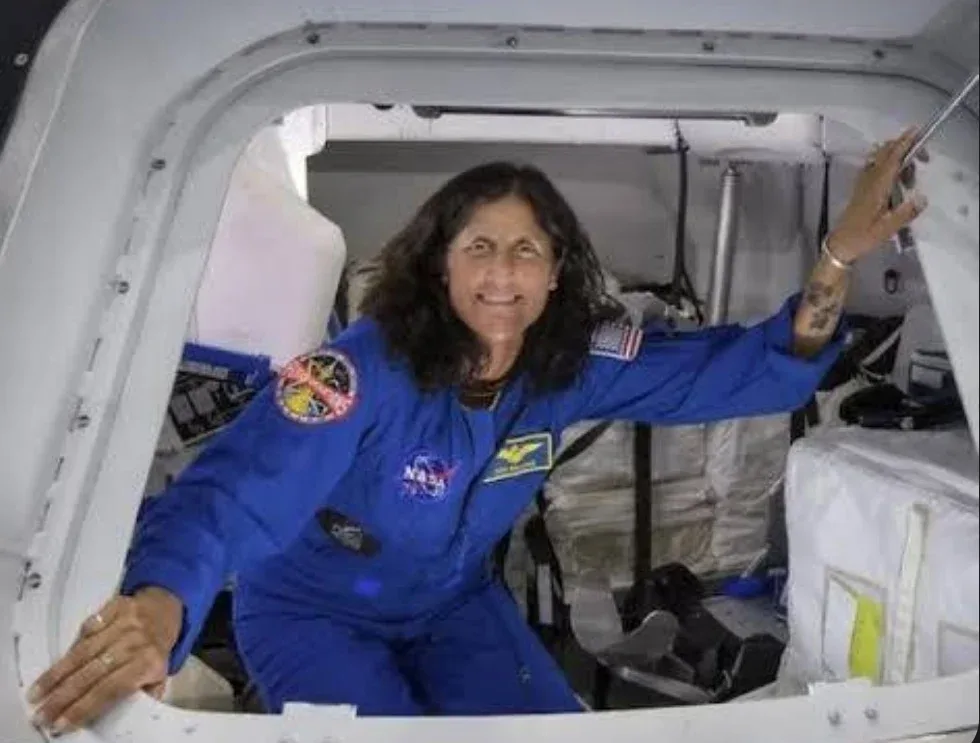In what was expected to be a routine demonstration of Boeing’s CST-100 Starliner capabilities, veteran astronaut Sunita Williams finds herself in an unanticipated and extended stay aboard the International Space Station (ISS). Originally planned as a brief mission, unforeseen technical failures have left Williams and her fellow astronaut Butch Wilmore in a precarious situation that has drawn global attention and concern.
The Mission That Wasn’t: A Technical Breakdown
On June 6, 2024, Williams and Wilmore embarked on a mission critical for Boeing’s efforts to prove the reliability of its Starliner spacecraft, a pivotal moment for the company’s involvement in NASA’s Commercial Crew Program. However, what began as a routine docking and maintenance mission turned into a two-month-long ordeal due to a series of malfunctions, most notably helium leaks and issues with the spacecraft’s thrusters.
Boeing’s engineering teams have been engaged in round-the-clock efforts to troubleshoot the problem, conducting thousands of simulations to anticipate and mitigate potential failures during the spacecraft’s eventual return to Earth. Despite these exhaustive measures, the situation remains unresolved, raising questions about the spacecraft’s readiness and the broader implications for future missions.
The Broader Impact on NASA’s Operations
The prolonged delay has not only put the astronauts in a difficult position but has also disrupted NASA’s carefully planned schedule. The necessity to prioritize resolving the Starliner issue has led to the postponement of other key missions, including SpaceX’s Crew-9 launch. This cascading effect highlights the complexities and interdependencies within NASA’s operational framework, where a single failure can reverberate across multiple programs.
Human Resilience in the Face of Uncertainty
For Sunita Williams, who has spent more time in space than most, this situation is a stark reminder of the unpredictability inherent in space exploration. Known for her calm under pressure, Williams has continued to perform her duties on the ISS, even as the uncertainty surrounding her return grows. The psychological strain of such an extended and unplanned mission cannot be underestimated, particularly when faced with the potential dangers of a malfunctioning spacecraft.
NASA has reassured the public that the astronauts are in good health and that the ISS remains a safe environment. Yet, the reality of being stranded far from Earth, with no clear timeline for return, presents a unique set of challenges that go beyond the technical—touching on the very human elements of fear, endurance, and hope.
What This Means for the Future of Spaceflight
As NASA and Boeing work to bring Williams and Wilmore home safely, the incident serves as a sobering lesson for the future of human spaceflight. The reliance on new technologies and the pressure to meet ambitious timelines must be balanced with the rigorous testing and safeguards necessary to protect those who venture beyond our planet. The delays and difficulties faced by Boeing may prompt a reevaluation of the Commercial Crew Program’s approach, particularly concerning the integration and testing of new spacecraft systems.
For the public and the space industry alike, this episode is a powerful reminder of both the risks and the incredible achievements of human space exploration. Williams’ current predicament, while challenging, underscores the courage and resilience required to push the boundaries of what is possible.
Conclusion
The story of Sunita Williams’ extended mission on the ISS is still unfolding, with each day bringing new developments and potential solutions. As the world watches, this situation may well become a defining moment in the narrative of modern space exploration—one that tests not only the limits of technology but also the strength of the human spirit.




